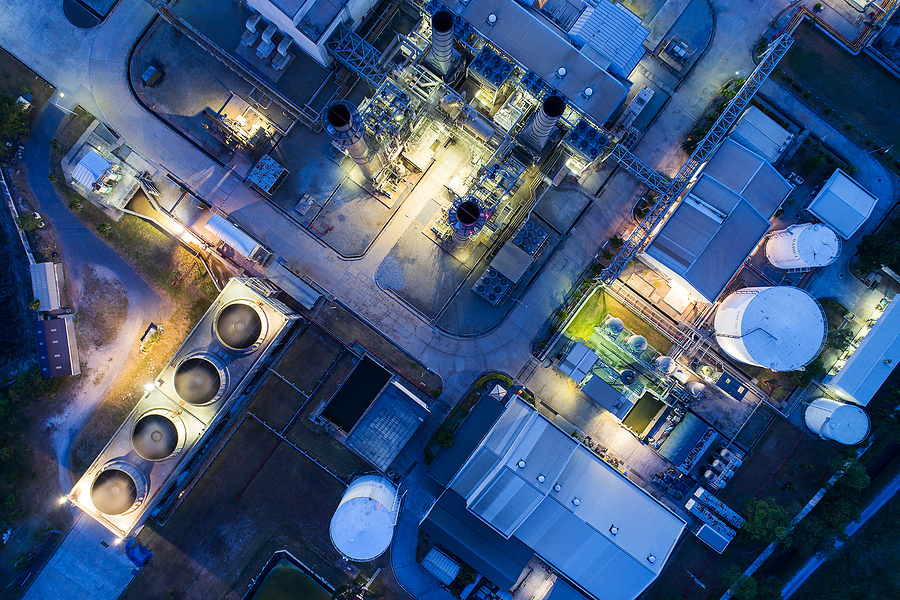
Asset Performance Management – The Fundamentals of an Effective APM Plan
A proper Asset Performance Management (APM) plan ensures that your critical revenue-producing assets operate smoothly, efficiently, and at or near their rated capacity.
Asset Performance Management is the broad, systematic planning and control of a physical resource throughout its operating life. It includes the specification, design, construction, operation, maintenance, modification, and ultimately, disposal. Its principles apply to any industry with mission-critical assets, and is best implemented with support from the top-down and bottom-up. The entire organization should be involved, and supportive to ensure that it is executed properly.
Methodologies used in APM
- Asset Reliability – The process of ensuring that assets continue to do what they are needed to do, when they are needed to do it.
- Reliability-centered Maintenance (RCM) – Used to determine the activities necessary for the asset to operate properly by focusing on maintenance tasks that mitigate against the consequences of failure.
- Maintenance Management – Adherence to a benchmark of world-class maintenance standards and practices.
Key Performance Indicators (KPIs) and Enabling Technology
A vital step in implementing an APM plan is establishing, tracking, and analyzing KPIs. This is what takes a maintenance plan from reactive to proactive. The close management of leading and lagging Key Performance Indicators helps increase the likelihood of driving measureable results without significant capital investment.
Important KPIs include:
- % of planned maintenance work, and completed.
- % of unplanned/emergency maintenance work.
- Proactive work as % of planned maintenance work.
- Actual maintenance hours vs. planning estimate.
- Overall equipment effectiveness.
Having the right technology tools are needed to measure and analyze this data. USC Consulting Group has helped clients optimize their existing tools or install computerized maintenance management systems (CMMS), ERP systems, and USC’s own proprietary Lean Information Control System (LINCS) to ensure that this data is used effectively.
Benefits of Asset Performance Management
In addition to increased uptime, shorter turnaround times, greater throughput and lower maintenance costs, organizations have seen improvements in their EBITDA by 15-25%.
Learn more about how APM can improve the performance of your revenue-producing assets by downloading our eBook Asset Management: The Rise of Reliability.






